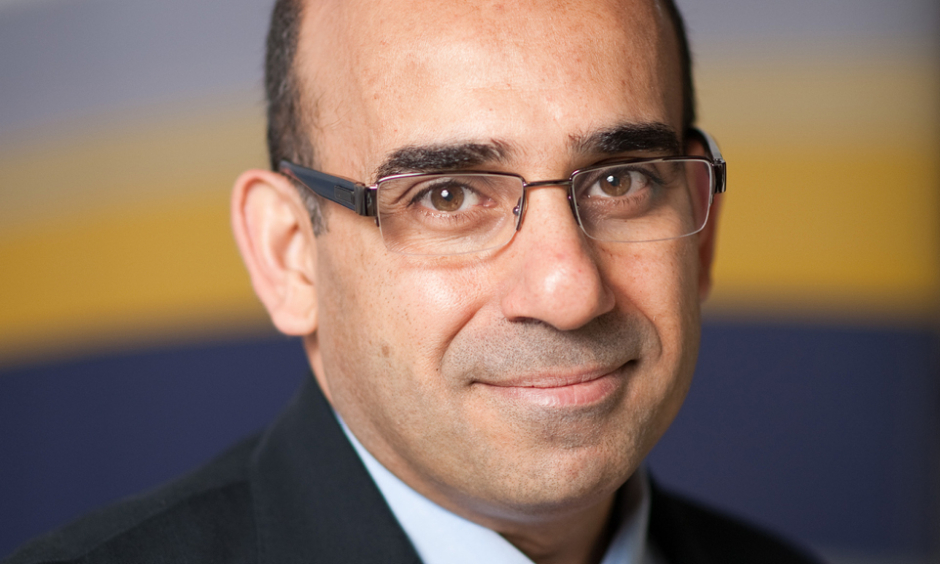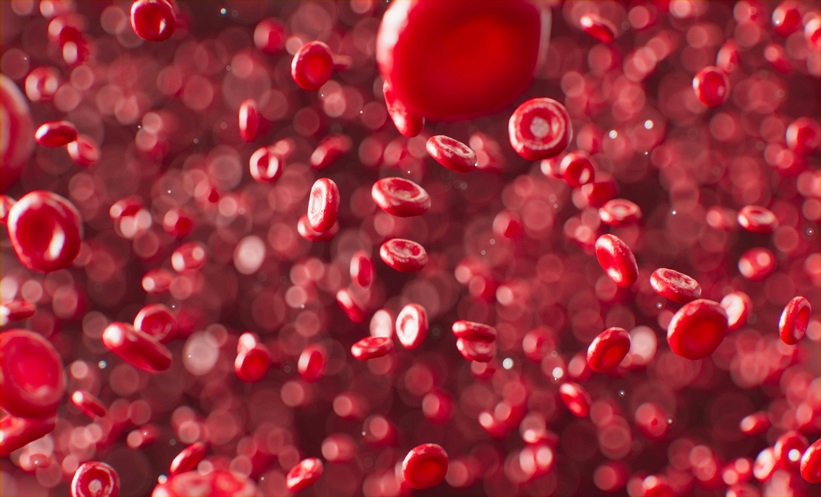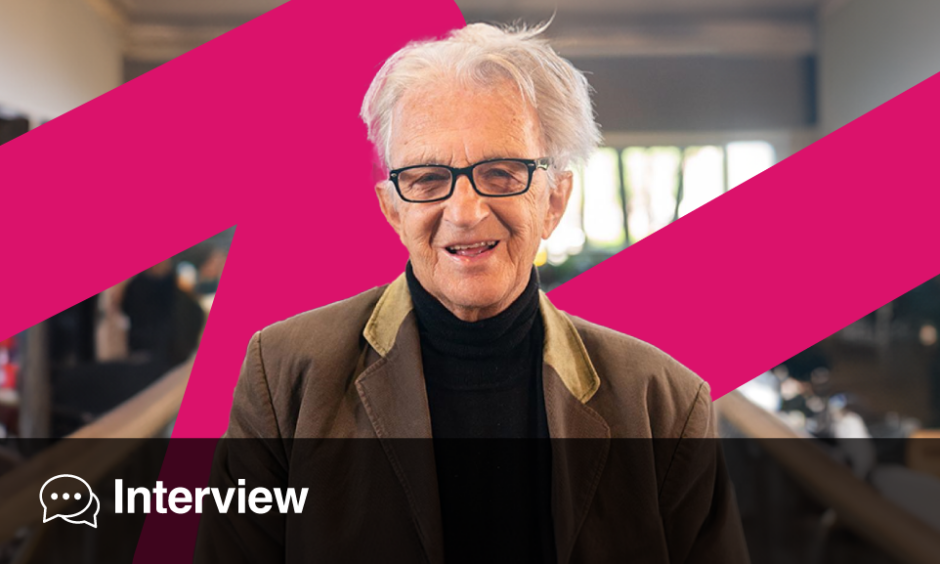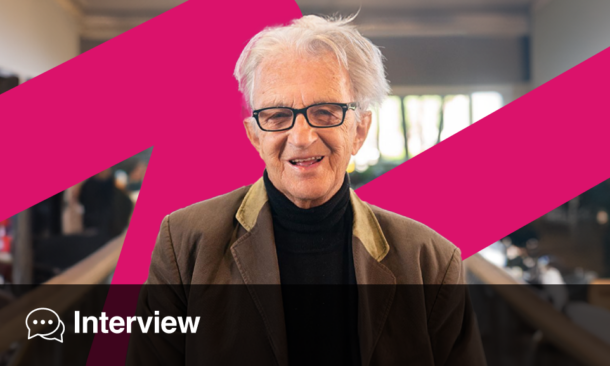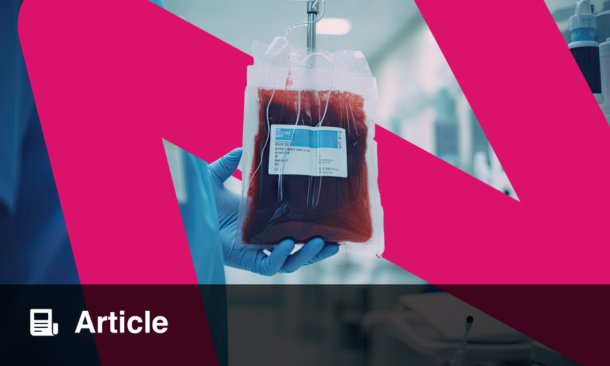Written by James Coker | Reporter, European Medical Journal | @EMJJamesCoker
![]()
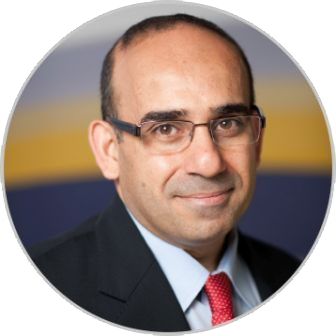 With 2018 marking the 50th anniversary since the first successful non-twin (allogeneic) bone marrow transplantation (BMT) was performed,1 the EMJ have decided to commemorate this momentous event by looking back at the history of advancements in the field of BMT, as well as forward to its potential future directions. We were delighted to explore these areas with Prof Mohamad Mohty, President of the European Society for Blood and Marrow Transplantation (EBMT), whom we interviewed about a variety of topics related to the field and the work of the EBMT. In 2017, at their 43rd Annual Meeting, the society celebrated 60 years of BMT,2 making them the perfect organisation to speak to about this.
With 2018 marking the 50th anniversary since the first successful non-twin (allogeneic) bone marrow transplantation (BMT) was performed,1 the EMJ have decided to commemorate this momentous event by looking back at the history of advancements in the field of BMT, as well as forward to its potential future directions. We were delighted to explore these areas with Prof Mohamad Mohty, President of the European Society for Blood and Marrow Transplantation (EBMT), whom we interviewed about a variety of topics related to the field and the work of the EBMT. In 2017, at their 43rd Annual Meeting, the society celebrated 60 years of BMT,2 making them the perfect organisation to speak to about this.
First Allogeneic Transplantation
It was in a 5-month old baby with an immune deficiency syndrome in 1968 that Dr Robert Good and colleagues successfully transplanted marrow to treat the fatal condition from a non-twin donor: his 8-year-old sister. This was a momentous occasion in the field, and came 11 years after Dr E. Donnell Thomas, often referred to as ‘the father of bone marrow transplantation’, completed the first successful transplant between identical twins. Since then, a number of advances have been made that have enhanced the procedure, bringing it to the stage it is at today, where it is frequently used to treat a whole range of conditions affecting blood cells, from conditions such as leukaemia and lymphoma to congenital disorders of the hematopoietic system, metabolic disorders, and autoimmune diseases.
Comprehensive Process
However, as Prof Mohty made clear to us, no one single advancement should be viewed in its own vacuum; they are all interlinked and built on the foundations of previous pioneering work. “Whenever you must decide on a most important milestone, you will automatically minimise the importance of another milestone,” he cautioned. “It is really a very comprehensive process which continues over time. So, it is like a puzzle, and every piece of the puzzle has brought some added value.”
 60 Years of BMT
60 Years of BMT
Staying true to this statement, at their annual congress last year the EBMT commemorated 60 years of BMT by reminding participants of all the milestones, key dates, and of course individuals involved in bringing the field and the treatment to where it is today. “We tried to tackle all of these milestones, names, events, and most importantly put them into perspective to see how the past 60 years can help us build and shape the future. And from that perspective I think it was a big success,” explained Prof Mohty.
Starting from when Dr Thomas introduced the first human infusion of bone marrow for treating leukaemia in 1957, the society outlined numerous vital moments that shaped bone marrow transplantation.3 From the 1960s and early 70s, in addition to the first ever allogeneic transplant being successfully performed, this period saw the first description of graft versus host disease (GVHD) in humans by Dr Georges Mathé.4 Moving into the late 70s and early 80s, advancements such as the scope of BMT expanding to treat non-malignant diseases were outlined. Later, in 1988, a very important moment came when the first successful cord blood transplant was performed by Dr Eliane Gluckman.5 More recently, another important milestone was the advent of the Joint Accreditation Committee-ISCT (Europe) & EBMT (JACIE) in 1998. This process pioneered by the EBMT aims to promote high-quality patient care and laboratory performance in haematopoietic stem cell transplantation by assessment and an internationally recognised system of accreditation.6The EBMT is celebrating the 20-year anniversary of this accreditation process at their 2018 Annual Congress, taking place in Lisbon, Portugal, in March. These are mere snapshots of the milestones that happened in this era, during which time BMT has become ever more established and prominent in cancer therapy.
Cellular Therapies
The emergence of cellular therapies such as gene and CAR T cell therapy for the transplantation of human cells is a major area that BMT is moving into. The EBMT are at the forefront of this; they will shortly be modernising their cellular therapy register, which they believe will open a new frontier in this field. This will form part of the EBMT’s overall transplant database, the largest in the world, which documents information about more than 500,000 patients from over 500 transplant centres across over 50 countries. Prof Mohty explained the importance of being able to provide a broad overview of cellular therapy right now to understand its efficacy and how it can be further developed in the future.
“The goal of the cellular therapy registry is to capture real-life data to collect rare but also short and long-term advance events, when no single centre alone would be able to have a clear picture,” he explained. “We know very well that these are new therapies, and nobody knows over the long-term what’s going to happen; so, it is an important task, it’s our duty I would say to establish this long-term follow-up. And from an efficacy perspective, this will allow the comparison of clinical results of the cellular and new gene therapies with the current-standard approaches, which will allow increased collaboration and interactions between all different stakeholders. We believe the EBMT is the optimal platform that can answer all of these questions.”
Registry Data
The data hub provided by the EBMT registry7 supply a rich source of information for research into new therapies in BMT. Indeed, the EBMT publishes around 100 peer-reviewed papers every year in this area, that are assisted by the information contained in this registry. Prof Mohty was also keen to stress that this by no means just revolves around gene and cellular therapy, but also about all sorts of new drugs in the context of transplant. He believes that the overall aim is to ensure care is more individualised to the patient: “The common goal for all of us in this field is to design the best treatment to the right patient at the right moment, so this is where you need to have a common platform where all of this can take place,” he stated.
About the EBMT
Prof Mohty, who is Professor of Hematology and Head of the Hematology and Cellular Therapy Department at the Saint-Antoine Hospital and Sorbonne, Paris, France, was driven to enter and help advance the field after losing a close family member following a stem cell transplant. He described the extensive nature of his role as President of the EBMT, from being its official representative, ensuring the society has a coherent public profile and communicating its message properly, to liaising with its many staff members to co-ordinate the various activities the society undertakes. These include the aforementioned clinical research and accreditation process, as well as organising various educational courses and events.
Over the last few years the society has also placed particular emphasis on patient rights and campaigning for the availability, accessibility, and affordability of all new drugs for those who are in need. Linked to this is the issue of bone marrow and stem cells donation, with the EBMT playing a major role in helping ensure a constant supply to the various registries around the world. “We are much involved in encouraging healthy volunteers to donate bone marrow and to be part of the different registries of volunteers where they can donate their bone marrow in case a patient is in need,” said Prof Mohty.
Remembering the Past
It is clear from talking to Prof Mohty just how important it is to remember and celebrate the past achievements in the field of BMT. It is only by learning about these events that we can truly understand and appreciate the situation we are currently in. The future of BMT also holds great promise, with cellular and gene therapies starting to come into prominence. Here at the EMJ, we cannot wait to see how this ever-evolving field continues to improve and grow. It is also important to note that some of these pioneers are still actively involved the field today; many of whom contributed to the founding of the EBMT.
References
- Fred Hutch. History of Transplantation. Available at: https://www.fredhutch.org/en/treatment/long-term-follow-up/FAQs/transplantation.html. Last accessed: 12 February 2018.
- EBMT. EBMT 2017 Post Congress Bulletin. 2017. Available at: http://ebmtnewsletter.org/bulletin/may-2017/ebmt-2017-post-congress-bulletin/60-years-of-bmt. Last accessed: 12 February 2018.
- EBMT. 60 Years BMT. 2017. Available at: https://www.youtube.com/watch?v=6y63wlDVx7E&list=PLd5j0y9uSMDm5LmX8O8xCNZu50u3STFyt&index=62. Last accessed: 12 February 2018.
- Mathé G et al. Successful allogenic bone marrow transplantation in man: chimerism, induced specific tolerance, and possible anti-leukemic effects. Blood. 1965;25(2):179-96.
- American Society of Hematology. Legends in History: Eliane Gluckman. Available at: http://www.hematology.org/About/History/Legends/2062.aspx. Last accessed: 12 February 2018.
- EBMT. About JACIE. Available at: https://www.ebmt.org/Contents/Quality-Management/AboutJACIE/Pages/About-JACIE.aspx. Last accessed: 12 February 2018.
- EBMT. EBMT patient registry. 2017. Available at: https://www.youtube.com/watch?v=ecEqAkXqiu8&list=LL9BwJQld_KlPoCQK-YHvM4w. Last accessed: 19 February 2018.

